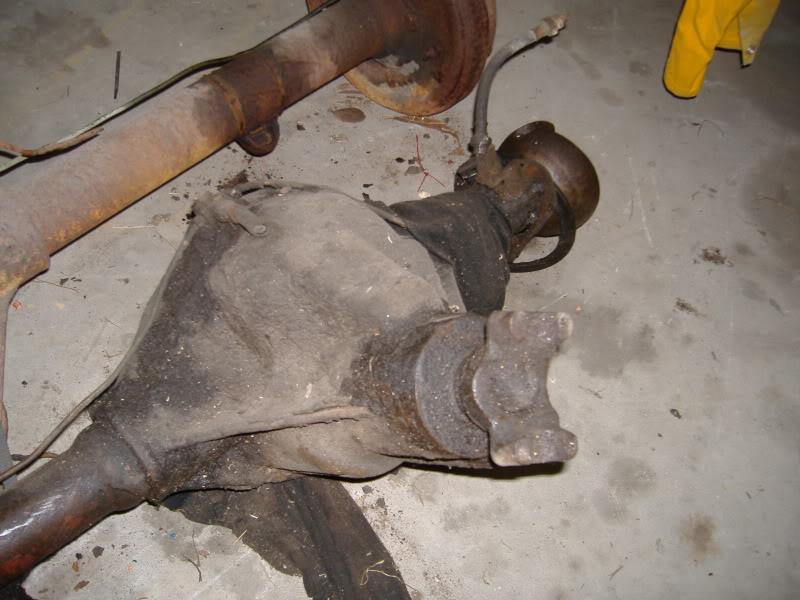G'day rick130

The company LNC was "Lark Neave & Carter" they also were the agents for VW,Audi, and a franchised dealer for Leyland/Rover they were best known by their retail name in the 60's-70's as Lennox Motors at Drummoyne in Sydney,the company was a long standing motor trader and importer with a history dating before the 1930's depression,and is still probably involved in the automotive industry in some form.
That motor in those pics looks very like a Ford Falcon 170 pursuit motor colour seems right as is the intake manifold being part of the head casting,can't remember if the 200 super pursuit motor was the same colour or not, the single head manifold casting was what put a lot of people (including me) off the early Falcons,as well as the fact the manifold was often porous,when the later style motor came out in the XR Falcon was when they gained popularity, and that Z10 oil filter rings a bell too.
cheers








 Reply With Quote
Reply With Quote






Bookmarks